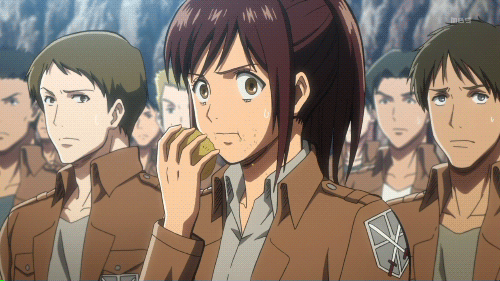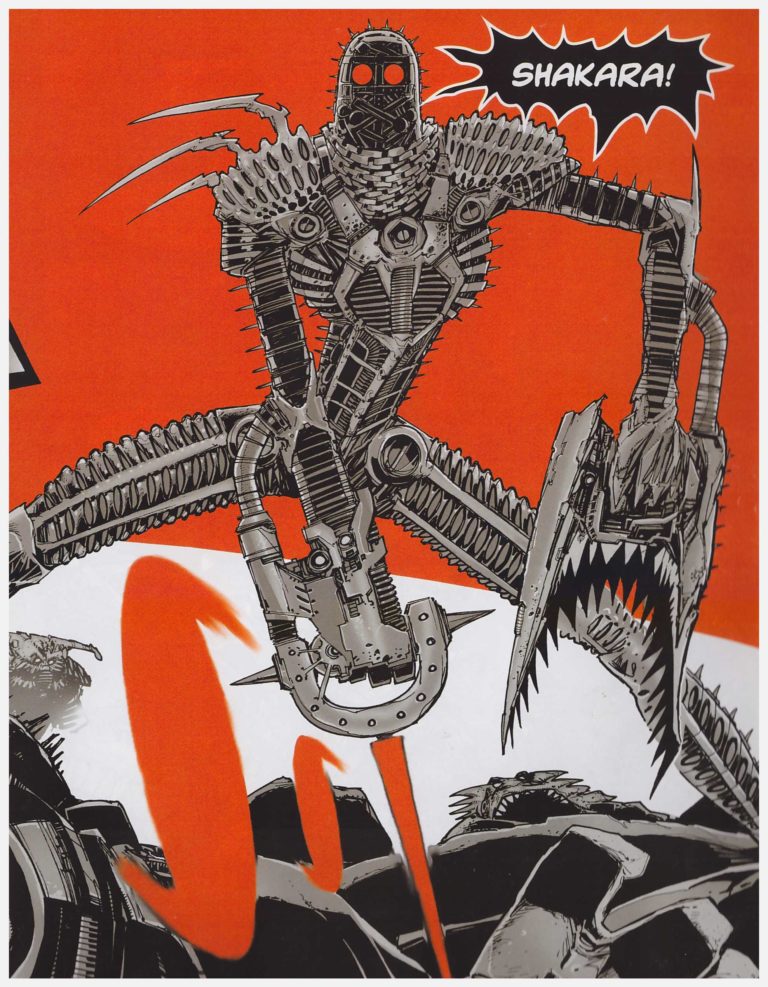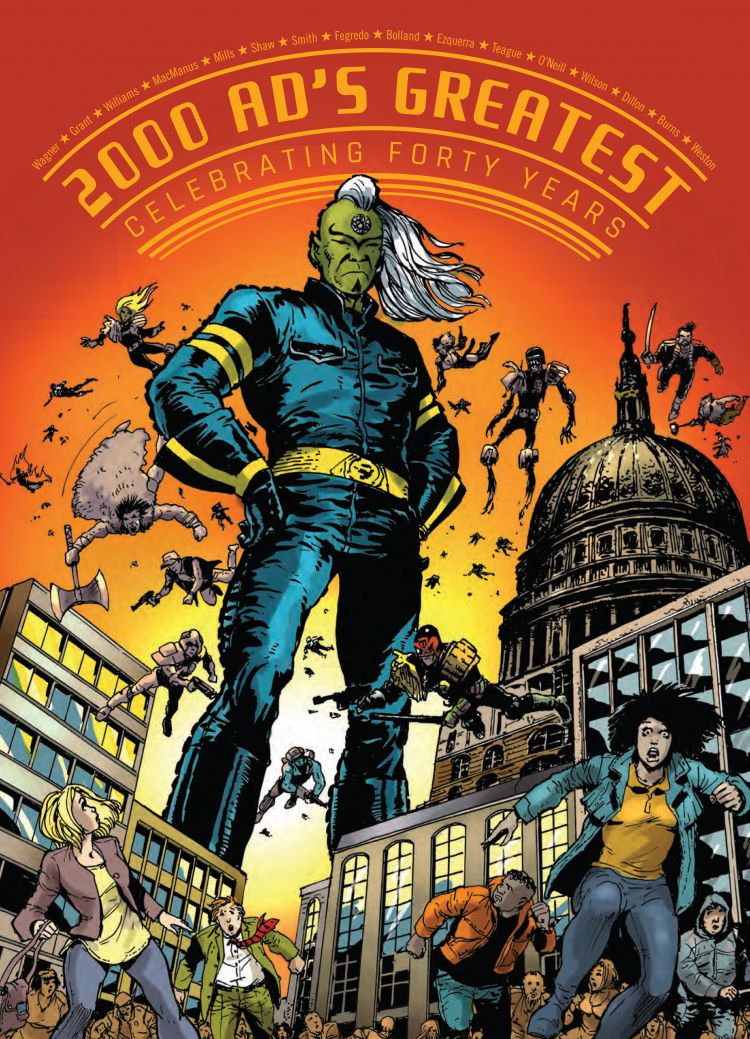Attack on Titan is one of those blockbuster series that you can expect even the most casual...
comics
Welcome back to the 2000AD Humble Bundle round-up! I’ve finally gotten a chance to sink my teeth...
I like checking in on the Humble Bundle store every once in a while, sometimes there are...


